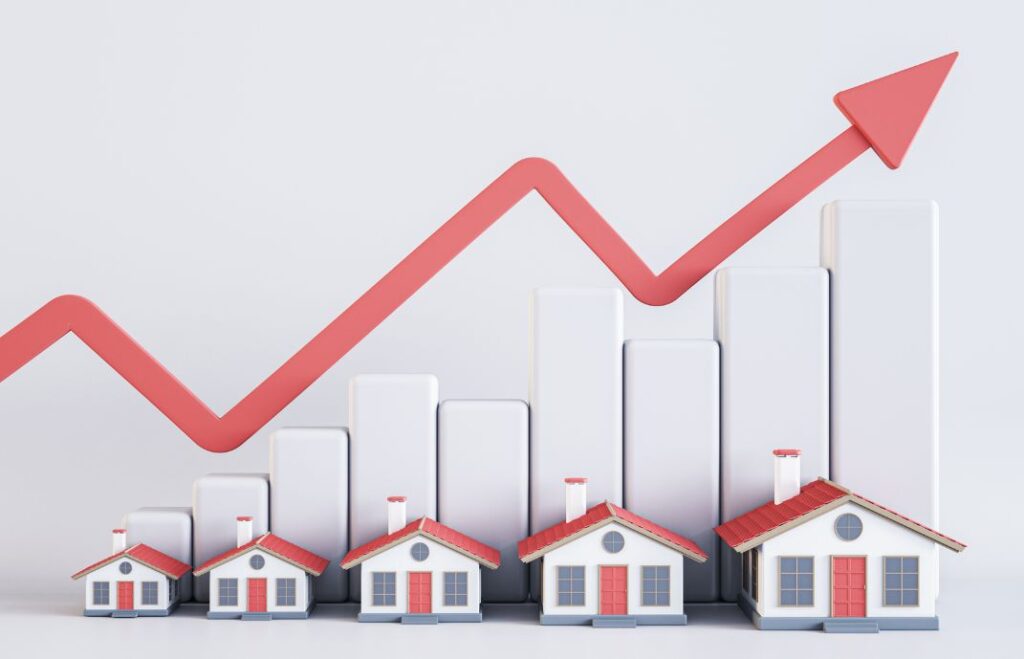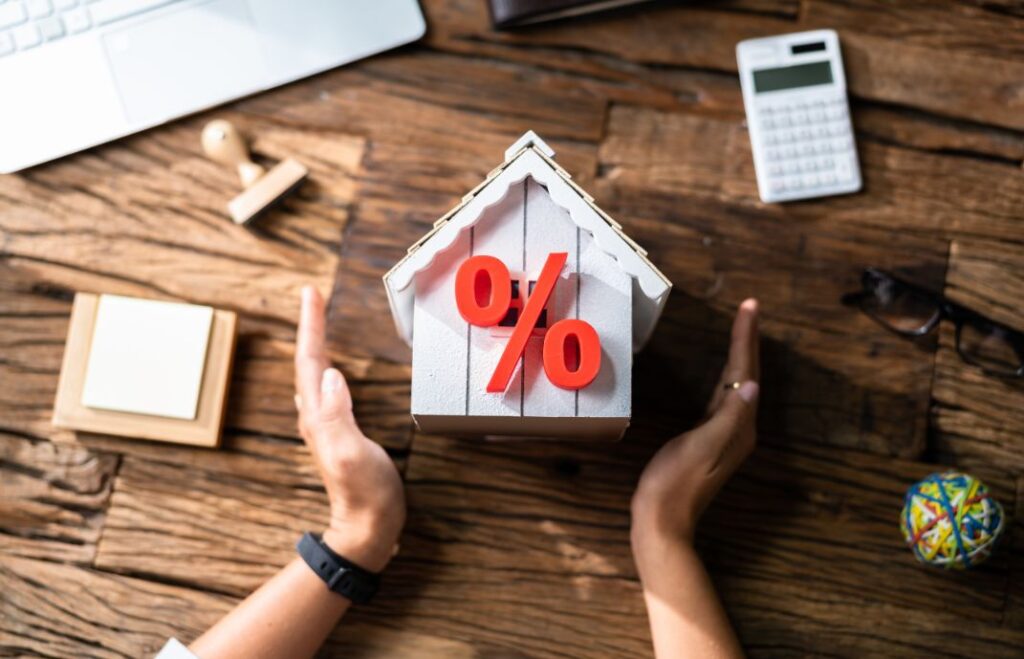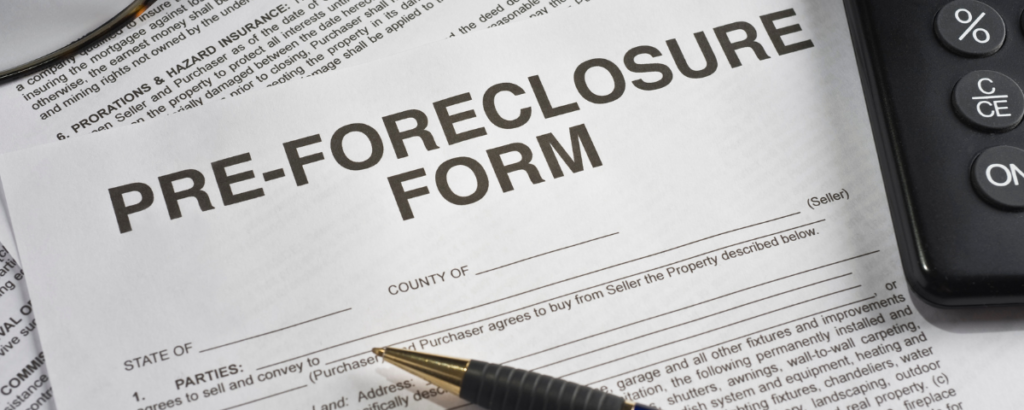
By Rick Tobin
Earlier this year in January, economists from the International Monetary Fund claimed that commercial real estate prices had fallen at the steepest pace in more than 50 years. As we now approach the fourth quarter here in 2024, the price drops have escalated and only worsened for property owners. Now, we might be seeing the worst commercial property price declines in U.S. history.
article continues after advertisement
Approximately 20%, or $929 billion, of the $4.7 trillion dollars’ worth of outstanding commercial mortgages owed to lenders and investors may balloon or become all due and payable by the end of 2024, as per the Mortgage Bankers Association’s 2023 Commercial Real Estate (CRE) Survey of Loan Maturity Volumes.
Between 2024 and 2028, upwards of $2.81 trillion in commercial loans are scheduled to come due and need to be paid off or refinanced, according to Trepp. Within this same analysis provided by Trepp, they project that more than $533 billion will balloon or come due in 2025. The largest commercial mortgage holders for these commercial mortgages coming due are regional banks and thrifts that hold over half of these maturing loans through 2028.
Commercial Real Estate Trends

Let’s take a look at both positive and negative commercial property trends across the nation in recent years:
- The estimated total dollar value of commercial real estate was $22.5 trillion as of Q4 2023, which makes it the fourth-largest asset market in the nation following stocks or equities, residential real estate, and Treasury securities. (Federal Reserve’s April 2024 Financial Stability Report),
- By 2050, commercial building floor space is expected to reach 124.3 billion square feet, a 33% increase from 2020. (Center for Sustainable Systems, University of Michigan)
- 72% of commercial buildings in the US are 10,000 square feet or smaller. (National Association of Realtors)
The typical length of a building lease in the US is three to 10 years. (DLA Piper) - Approximately 69% of all commercial buyers in the US need financing to purchase properties. (National Association of Realtors)
- As of July 2024, the national office vacancy rate reached a whopping 20.1%. This was the very first time ever that the U.S. vacancy rate surpassed 20%. (CommercialEdge)
- In 2024, the U.S. apartment construction industry is expected to break a new all-time record for apartment units delivered with well over 500,000 units completed, which is 30% higher than back in 2022. (Fannie Mae)
- An estimated one-third of industrial space in the US is more than 50 years old. (NMRK)
- The Inland Empire (Riverside and San Bernardino counties) in California had averaged an incredibly low 1.2% vacancy rate for industrial space in 2021 and/or 2022. (Commercial Edge)
- However, vacancy rates for industrial properties in the Inland Empire skyrocketed to 6.8% by Q1 of 2024, a 400-basis point vacancy rate increase compared to 2023. The Inland Empire now has the second highest vacancy rate for industrial properties on the West Coast, behind only Phoenix. (Kidder Matthews)
- Nationally, the industrial real estate vacancy rate reached 6.1% in the first half of 2024. (CommercialEdge)
- For every $1 billion of growth in the e-commerce sector, it requires an extra 1.2 million square feet of new warehouse space. (Prologis)
Is Multifamily Strong or Not?

In many U.S. regions, the multifamily sector is very strong partly since so many tenants can’t afford to buy homes nearby that are currently priced at all-time record highs. In other regions, multifamily apartment landlords may be struggling with significant financial losses.
The multifamily apartment mortgage default rate has quadrupled over the past year, according to Freddie Mac. Last year in 2023, this year in 2024, and through at least 2025, more brand new apartment units will be completed and available for lease than at any other time since as far back as 50+ years ago in 1973.
Multifamily apartment landlords across the nation are defaulting on their mortgages with decade-high rates in states like California, Texas, Florida, and elsewhere.

Some of the main factors why multifamily apartment mortgage default rates are rising are as follows:
1. The owner’s existing mortgage rate may have increased by 100% or more after their previously 3-year, 5-year, 7-year, or 10-year fixed rate converted to a new adjustable rate at today’s much higher mortgage index. As a result, the once positive monthly cash flow turned negative due to the higher mortgage rates and payments.
2. Rising vacancy rates as fewer tenants could afford rapidly increasing rents in many of these apartment building locations found in various metropolitan regions.
3. In other regions, the vacancy rates had increased so much that landlords had to drop their rent prices which, in turn, turned monthly profits into losses.
4. Skyrocketing costs for various types of landlord insurance or umbrella insurance policies as well as increased litigation costs from unhappy or injured tenants.
The multifamily market is projected to add or deliver another 574,000 new apartment units in 2024 alone, according to an analysis shared by the CoStar Group. As a result, future rent prices may start falling as the available supply exceeds the demand.
Upside-Down Office Buildings

Almost 45% of all office buildings nationwide that are leveraged with debt are upside-down or underwater where the existing mortgage debt exceeds the current market value, according to sources like ZeroHedge, Bloomberg, and Morgan Stanley. Some office buildings are now selling for as low as $9 per square foot, not $900/sq. ft.
An eye-opening example of how massive some of these commercial property prices have plunged was the recent April 2024 sale of the 44-story AT&T Center office building in St. Louis, Missouri. Back in 2006 near the previous real estate bubble peak, the same building sold for $205 million dollars. In April, this property sold for just $3.6 million, which was a staggering 98% value drop.
Some savvy investors who purchase these discounted office buildings may choose to convert them into multifamily apartment buildings if the remodel and rezoning costs aren’t too high. Are you seeing heavily discounted office building deals in the areas where you live or invest as well?
Two of the main causes for falling residential and commercial real estate values are related to rising unemployment and upside-down properties as more people may soon clearly see, sadly.
All-Time Record Consumer Debt and Defaults

The ability to pay rent or a mortgage payment is directly related to access to cash and credit for most people. When times are more challenging and the employment or investment income is either lower or nonexistent, many people choose to access their credit cards to make their monthly payments. Once the credit card limits are reached, some tenants may not be able to pay their rents.
There is not a single state in the U.S. today with less than a 10% credit card delinquency rate for their residents as credit card APRs are near 28% to 40% in 2024, depending upon the credit card issuer and the borrowers’ creditworthiness .
Back near the depths of the Great Recession in April 2009 when credit card rates were closer to 12%, the national credit card delinquency rate was only 6.77%.
Highest Credit Card Defaults

By state, here is the percentage of consumers who are delinquent on one or more accounts:
* Mississippi – 39%
* Louisiana – 32%
* Alabama – 31%
* Arkansas – 30%
* Oklahoma – 28%
* Kentucky – 28%
* South Carolina – 27%
* Tennessee – 26%
* Texas – 25%
* West Virginia – 25%
* North Carolina – 24%
* Indiana – 24%
* Georgia – 23%
* New Mexico – 23%
* Missouri – 22%
* Arizona – 20%
* Nevada – 19%
* Wyoming – 18%
* Oregon – 17%
* California – 15%
* Florida – 15%
Sources: Trading Economics and John Williams
article continues after advertisement
Top 10 Credit Default Cities
Here are the U.S. cities where the largest share of people are behind on their credit cards by at least one payment.
1. McAllen, Texas — 51.7 percent
2. El Paso, Texas — 46.3 percent
3. Baton Rouge, La. — 45 percent
4. Greensboro, N.C. — 44.8 percent
5. Columbia, S.C. — 44.6 percent
6. Jackson, Miss. — 44 percent
7. San Antonio, Texas — 43.8 percent
8. Augusta, Ga. — 43.3 percent
9. Greenville, S.C. — 42.6 percent
10. Memphis, Tenn. — 42.5 percent
Source: LendingTree
Discounted Real Estate Buying Opportunities

Just like following the Great Depression, the Savings & Loan Crisis, and the Great Recession, there were incredible discounting buying opportunities for homeowners and investors who were searching for both residential and commercial real estate deals.
You must continue to stay focused on the opportunities rather than on the obstacles to get ahead in this world. “Out of chaos comes opportunity” as I like to say repeatedly to friends, family, and clients.
If 99 people are running towards the hills and doing nothing, you can be the sole brave and wise person who buys the property for almost cents on the dollar like some of the office building deals. If so, you might create generational wealth for you and your family.

Rick Tobin
Rick Tobin has worked in the real estate, financial, investment, and writing fields for the past 30+ years. He’s held eight (8) different real estate, securities, and mortgage brokerage licenses to date and is a graduate of the University of Southern California. He provides creative residential and commercial mortgage solutions for clients across the nation. He’s also written college textbooks and real estate licensing courses in most states for the two largest real estate publishers in the nation; the oldest real estate school in California; and the first online real estate school in California. Please visit his website at Realloans.com for financing options and his new investment group at So-Cal Real Estate Investors for more details.
Learn live and in real-time with Realty411. Be sure to register for our next virtual and in-person events. For all the details, please visit Realty411.com or our Eventbrite landing page, CLICK HERE.















 It’s generally easier to manage one large property through a professional property management firm than to manage scattered single-family homes. Also the business tenants you get in retail or office space are usually of higher quality than most residential tenants. Business tenants have higher credit/risk scores, have pride of ownership in their businesses and want to protect their livelihoods. As a result, they have an interest in taking care of the property.
It’s generally easier to manage one large property through a professional property management firm than to manage scattered single-family homes. Also the business tenants you get in retail or office space are usually of higher quality than most residential tenants. Business tenants have higher credit/risk scores, have pride of ownership in their businesses and want to protect their livelihoods. As a result, they have an interest in taking care of the property. Commercial leases are typically 5-10 years in length vs. annually for single-family homes. Additionally, commercial leases include annual bumps in rent and options to-renew. As a result of all these factors, cash flows are more predictable.
Commercial leases are typically 5-10 years in length vs. annually for single-family homes. Additionally, commercial leases include annual bumps in rent and options to-renew. As a result of all these factors, cash flows are more predictable.
 A critical way to control the tenant density environment, improve service to tenants, and reduce costs is to have full time on-site property management and maintenance.
A critical way to control the tenant density environment, improve service to tenants, and reduce costs is to have full time on-site property management and maintenance.